With human activities directly and indirectly leading to the decimation of the diversity of animals on the planet, scientific study of animals, in order to understand how best we can protect them, is more important than ever. At a time when human lives are becoming more and more isolated, both from nature and from meaningful human connections, reading about the fascinating science of the animal world, and marveling at the interconnectedness of our existence in it, can be a cathartic, reassuring experience.
Other animals’ interactions with each other, and with their environment, also make for an interesting framework through which we can critically analyze our own social structures and conventions. From miniscule insects to majestic elephants, from prehistoric dinosaurs to our beloved modern canine companions, there is something enthralling to learn about every creature we share our planet with. Thankfully for armchair enthusiasts like myself, many scientists and science writers who experience the zoological wonders of the world firsthand write passionately and accessibly about them. Here is a list of eight well written and informative popular science books about animals to get you started on the journey of getting to know the non-human inhabitants of the world a little better.
Popular Science Books About Animals

An Immense World by Ed Yong
This book is a fascinating exploration of how animals perceive the world around them, and how much of the world is beyond the reach of the five human senses. It is a humbling look at the limits of an anthropocentric worldview, and the importance of understanding the perceptions of other living creatures to truly understand the world we all inhabit.
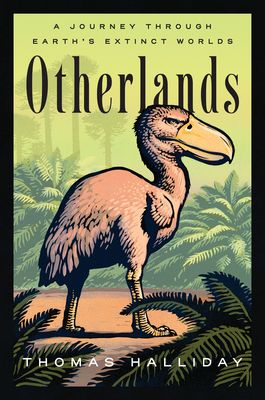
Otherlands by Thomas Halliday
With this book, step into the worlds that were, and meet animals that no longer roam the earth. It takes you across time and place in the prehistoric world to reconstruct it from the clues left behind in some of the major fossil sites that have been studied by scientists. The past of life on earth comes alive in the pages of this book to build a framework based on which we can think about its present and future.
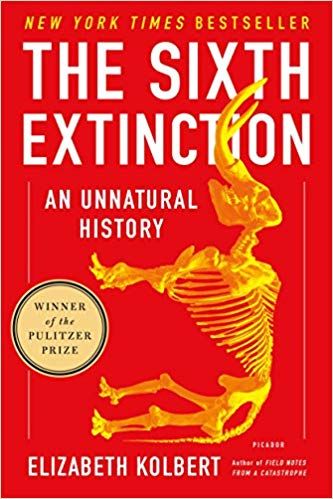
The Sixth Extinction by Elizabeth Kolbert
This book is a must read for an urgent, chilling look at the havoc that mankind has wreaked, and is wreaking, on the other inhabitants of the planet. Elizabeth Kolbert travels to different corners of the world to interact with scientists who are studying different aspects of this catastrophe — the sixth extinction, the deadliest event for life on earth since the extinction of the dinosaurs.

How Far the Light Reaches by Sabrina Imbler
In their debut collection of essays, Sabrina Imbler combines marine biology with reflections about their personal experiences. The book interweaves the science of life in the ocean with observations about various facets of human life, making a compelling case for the interconnectedness of the natural world.
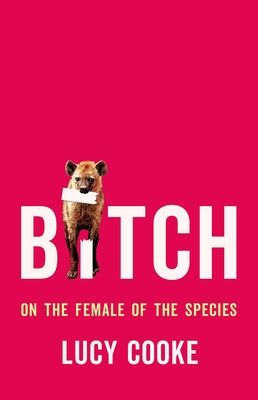
Bitch: On the Female of the Species by Lucy Cooke
For the longest time, humans have imposed their patriarchal perceptions onto the female members of other species. In Bitch, Lucy Cooke embarks on a takedown of these archaic perceptions through a fun foray into sex and femaleness in the animal world, looking at a wide range of creatures from insects to lions. This book is an entertaining read that demonstrates just how artificial human notions of sex roles are, and how we need diverse human perspectives to truly understand the animal world in all its bizarre glory.
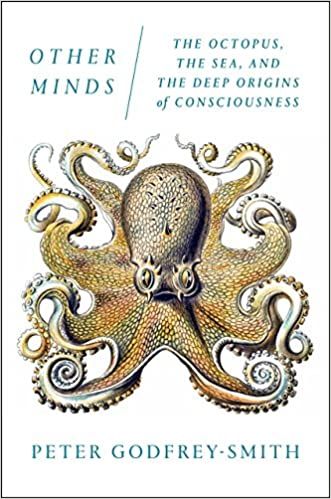
Other Minds by Peter Godfrey-Smith
Cephalopods have been evolving independently from humans for hundreds of millions of years, yet the intelligence of the octopus continues to astonish us humans. In this book, Peter Godfrey Smith traces the evolution of octopus intelligence, and uses it as a lens to look at the origin and nature of consciousness.
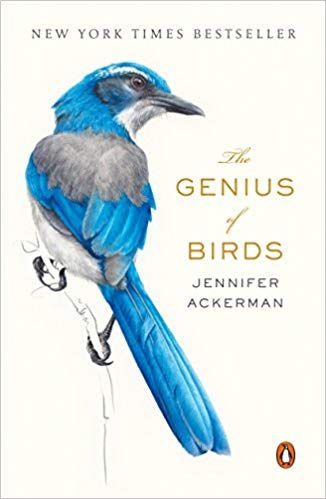
The Genius of Birds by Jenifer Ackerman
Jennifer Ackerman delves deep into the subject of avian intelligence. Peppered with charming anecdotes, and told in delightful prose, the book looks at various aspects of the genius of birds, and explores a wide range of capabilities across different species of birds.
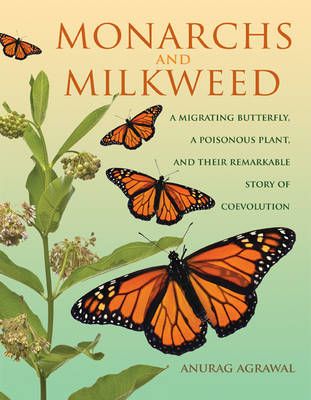
Monarchs and Milkweed by Anurag Agrawal
This is a deep dive into the evolution of the iconic monarch butterflies alongside the toxic milkweed plant on which the butterflies depend on for food. The book talks about the life cycle of the butterflies, the fascinating story of their coevolution with the milkweed plant, and analyses possible reasons for their rapidly decreasing numbers.
Can’t get enough of talons and tentacles? Check out our animals archives for more animal themed fiction and nonfiction reading inspiration.
